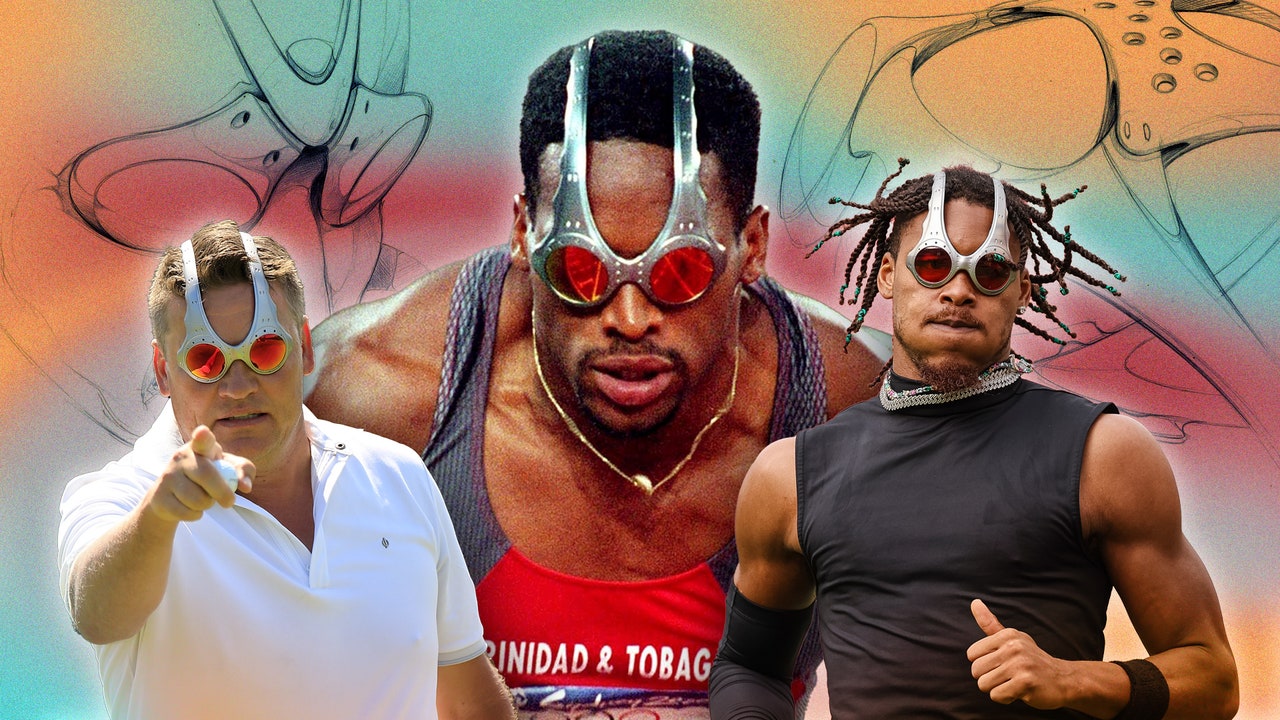Inside Oakley’s video-game-boss-lair of a headquarters, there’s a section called Moon Base One. It’s where tech-obsessed designers and research and development specialists interrogate the idea of performance eyewear: What is it? How can we make it better? What can we change? What can we destroy?
“It’s like imagining [you’re] out there on the moon, and you’re just thinking outside the box,” Brian Takumi, Oakley’s VP Brand Soul and Creative (yes, his real title), tells me of this design world. “No constraints. Don’t be limited by manufacturing. Don’t be limited by what technologies currently exist.
“A creed we talk about is: do what others are afraid to do, do what others can’t do,” Takumi continues. Oakley staffers talk a lot about creeds and mottos, which says something about the strength of the brand’s internal commandments. “We actually make machines to make new things that don’t even exist. A lot of times, we are pushing the boundaries, even with suppliers, to find new ways to use equipment that they never thought their equipment would be used for.” This isn’t an empty claim, either: Oakley owns around 575 patents and 1,100 trademarks.
It was out of this maelstrom of freedom and creativity that emerged, meteoric, the Over The Top sunglasses in the summer of 2000. A piece of performance eyewear which—just as the Oakley slogan invited—dismantled and rebuilt the very idea of eyewear altogether.
Forgoing traditional arms, the Over The Tops began at the lenses—glinting polarized lenses in holographic blue, orange or green—which then connected to iridium bands that arced over the top of the head, clamping the skull in shiny silver chrome. Totally alien, totally sci-fi, and according to Takumi, totally new.
“When you think about eyewear, and you’re always going, well, here’s the center front, here’s the temples… I mean, what else can you do to it?” says Takumi. “Our thing was, ‘How do you look at a piece of eyewear and reimagine how you wear it?’ The idea was, instead of it wrapping this way… what if it wrapped this way? And that was kind of the genesis of starting to think of, reimagine what a piece of eyewear can be, reimagine what sport performance eyewear could be.”

